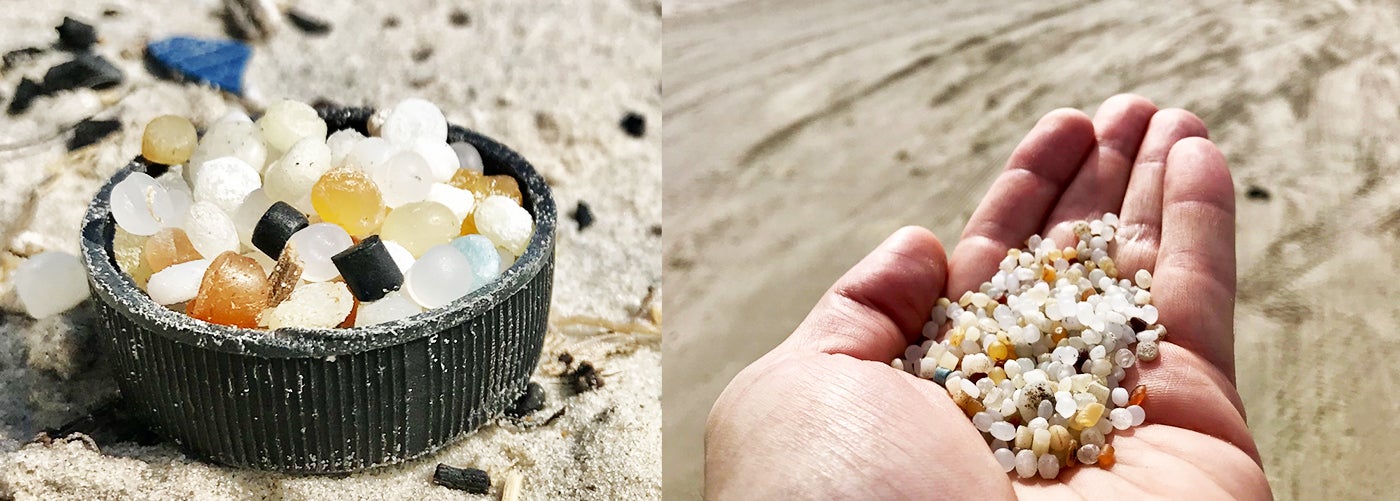Expedition down Mississippi River raises awareness of plastic pollution
Published 12:00 am Saturday, April 24, 2021
|
Getting your Trinity Audio player ready...
|
CONVENT — Plastic Tides founder Christian Shaw set out on a 150-mile expedition down the Mississippi River from April 15-22, starting at the base of the Sunshine Bridge in St. James Parish and ending at the entrance into the Gulf of Mexico.
Shaw partnered with the Center for Biological Diversity and RISE St. James in opposition of the Formosa Plastics Group’s proposed petrochemical complex in St. James Parish. While paddling down the river, Shaw collected signatures for a petition to U.S. President Joe Biden to revoke Formosa’s permit.
Shaw founded the nonprofit Plastic Tides organization to educate consumers and youth on the impact of single use plastics on the environment. While many community demonstrations have focused on air pollution, Shaw wants to bring more attention to the impact the project could have on waterways and wetlands across the Mississippi Delta.
“Our studies show that, on average, (Formosa) would be discharging 10,000 nurdles, which are little pieces of plastic about 5mm across, into the river per minute. That is 160 per second on average,” Shaw said. “Part of what I’m doing out here is researching existing nurdle pollution from plants that are already here. There was a big spill over the summer downstream from the city. Even upstream from the city, there is pellet pollution everywhere you look along the river banks and sand bars. This is a huge problem that’s kind of unknown.”
According to the Mission-Aransas Research Reserve’s Nurdle Patrol, plastic pellets have likely been released into the environment since the mass production of plastic began in the 1950s. Nurdles were first recorded in scientific literature in the early 1970s. The extent of the environmental impact of nurdles is not fully understood at this time. However, researchers at the University of Texas Marine Science Institute found that pellets collected by Nurdle Control can absorb bacteria and harmful chemicals.
According to Shaw, nurdles can have a significant impact on ecosystems in South Louisiana when ingested by marine life.
“This whole trip has been me following the path that the nurdles would take from this new plant. It’s not only the Mississippi River that is going to be polluted by these plastic pellets, but also all of the bayous and canals that feed Lac Des Allemands,” Shaw said. “The little plastic pellets look like they could be fish food. There’s a lot of animals involved (in the food chain), and it can impact the entire ecosystem. Catfish are going to start eating the nurdles more and more, and that’s going to put plastic straight into the food supply.”
Shaw encourages the public to sign and share the petition to revoke Formosa Plastic Group’s permit, which is available @chriscrossshaw on Instagram.
Formosa Plastics Group currently operates facilities in Baton Rouge, Point Comfort, Texas, and Livingston, New Jersey.
The Mission-Aransas Research Reserve’s Nurdle Patrol documentation of plastic pellet pollution in Texas led to Formosa Plastics Corporation USA agreeing to pay $50 million to settle a lawsuit over water pollution in local bay areas. It was reported that the bulk of the settlement would go toward environmental mitigation in the region.
In its February 2021 Sustainability Report, Formosa Plastics reported that it is partnering with the Plastic Industry Association on Operation Clean Sweep to achieve “zero pellet, powder and flake discharge into the marine environment.”
According to Formosa’s most recent Sustainability Report, which can be accessed at fpcusa.com/citizenship/environmental/EHSReport2021.pdf, the Lavaca Bay monitoring program near the Texas facility has shown “no adverse impact” from Formosa operations spanning 25 years.
According to Formosa, “The 2018-19 report includes the following statement: ‘…the Monitoring Program, to date, indicates that there are no adverse impacts to the health or structure of the biological community, including the quality, benthic structure, planktonic structure, and higher trophic levels in Lavaca Bay.’ ”





